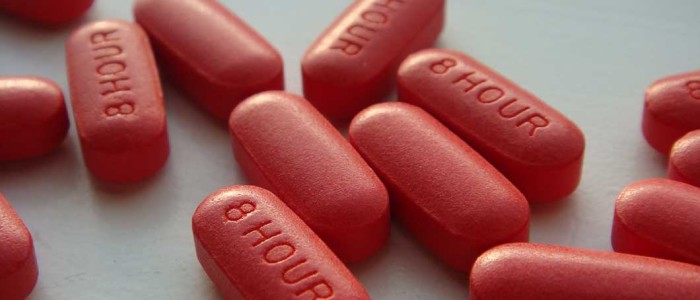The FDA's oversight of drugs doesn't end once they hit the market--or at least, it isn't supposed to. It has an early warning system in place to spot safety issues. Problem is, regulators are struggling to keep up--and falling behind on alerting the public in the process.
The agency's so-called watch list--based on its Adverse Event Reporting System (FAERS)--for the first, second and third quarters of 2015 tardily appeared on the FDA's website on Feb. 5, 2016, Medscape Medical News reports--meaning that the public found out late about potential problems with 39 drugs or drug classes.
Case in point: It took months for news that the FDA had identified stroke and thromboembolic events as a "potential signal of a serious risk" for 7 SGLT-2 diabetes drugs to reach doctors and patients, the publication notes. And while the point isn't for the FDA to allege that the meds caused the adverse events, the agency is required by law to let patients and physicians know within three months that regulators are looking into them.








